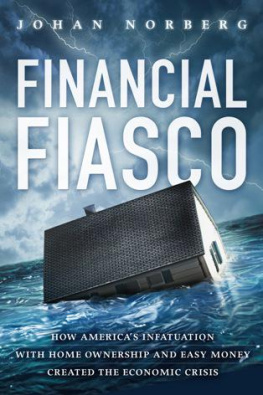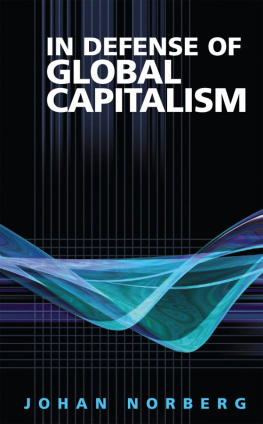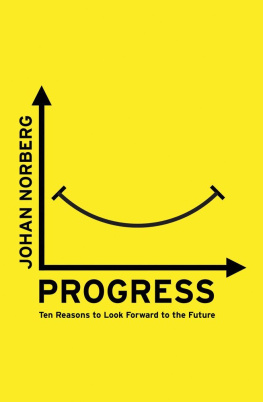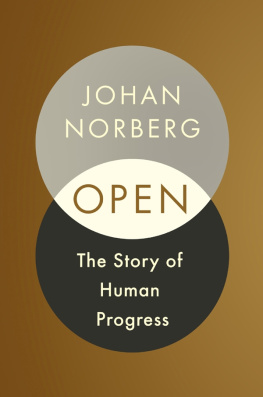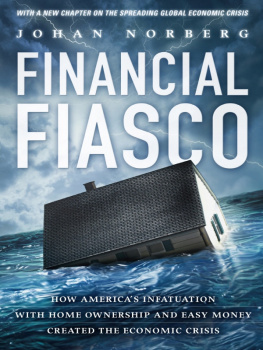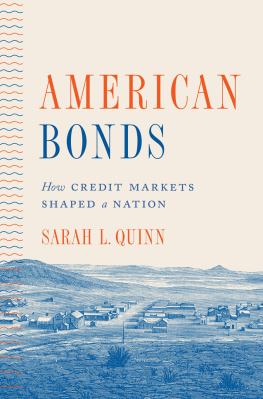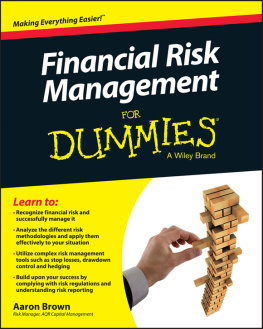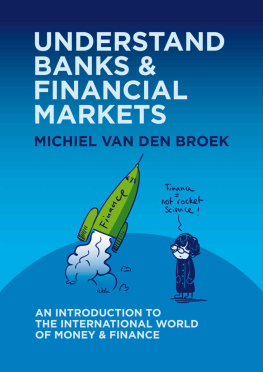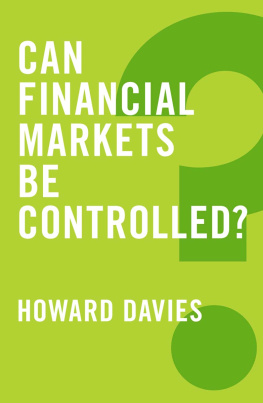
INSTTT=
WASHINGTON, D.C.
Copyright 2009 by Cato Institute. All rights reserved. Library of Congress Cataloging-in-Publication Data Norberg, Johan, 1973Financial fiasco : how America's infatuation with homeownership and easy money created the economic crisis / Johan Norberg. p. cm. Includes bibliographical references and index. ISBN 978-1-935308-13-3 (alk. paper) 1. Home ownership-Government policy-United States. 2. Financial crisisUnited States-History-21st century. 3. Keynesian economics. 1. Title. HD7287.82.U6UN67 2009 330.973-dc22 2009026629
Cover design by Jon Meyers. Printed in the United States of America. CATO INSTITUTE 1000 Massachusetts Ave., N.W. Washington, D.C. 20001 www.cato.org
For Alexander -who will look back on these as the good old days.
We will not have any more crashes in our time. I find the markets very interesting, and the prices low. So where should a crisis come from?
-John Maynard Keynes, 1927
The most common beginning of disaster was a sense of security.
-Marcus Velleius Paterculus, Compendium of Roman History
Contents
Xi
Preface
I can calculate the motions of the heavenly bodies, but not the madness of people.
-Isaac Newton, after losing a fortune in the South Sea Bubble in 1720
In the fall of 1991, a high-pressure system from northern Canada collided with a powerful low-pressure system over the coast of New England. The large temperature contrast in such a small area gave rise to a cyclone. The cyclone, in turn, absorbed a nearby dying hurricane, which created an enormously powerful storm. The winds at times attained 75 miles per hour, and 35-foot waves shook unfortunate seafarers. The biggest individual wave measured was 100 feet high.
Meteorologist Bob Case at the National Weather Service in Boston explained that circumstances were perfect for the emergence of a storm. Three independent weather phenomena happened to occur at the exact times and places required for them to interact to create the most severe storm in living memory, causing great loss of human life and property. Circumstances were-unfortunately-perfect for devastation.
The world has just been struck by a perfect financial storm. A series of circumstances that individually would not have had to lead to disaster-low- and middle-income countries starting to save money; the head of a central bank's wishing to avoid a crisis; political demands to expand homeownership; new financial instruments; and new banking regulations, credit-rating requirements, and accounting rules intended to prevent cheating-came into existence at the same time and reinforced one another into what Alan Greenspan has called "a once-in-a-century event." Circumstances were perfect for a financial storm so tremendous that few people now alive have seen anything like it. The monster waves are swallowing gigantic banks and long-established industrial companies alike. The wind gusts are tearing apart entire economies.
Many politicians and businesspeople who use the "perfect storm" metaphor for this crisis do so to explain its catastrophic consequences. They believe they took all the necessary precautions and sailed their ships the way they should, but that they happened to find themselves in a storm beyond their control. As a result, they cannot take responsibility for the losses and problems that have arisen. However, my intention in writing this book is to show that each circumstance that led to the crisis-each low and high, and each colliding hurricane-was the result of conscious actions on the part of decisionmakers in companies, government agencies, and political institutions.
What makes today's crisis unique is that it has taken such a short time to wash over practically every corner of the world. Other countries have been negatively affected by the backwash of national crises throughout the 20th century, but never before has a financial crisis as such happened in so many places at the same time and in such a similar form. The panic went global in a moment. Two hundred years ago, the Rothschild brothers could earn a fortune by being spread across many European cities: Nathan lived in London, Amschel in Frankfurt, James in Paris, Carl in Amsterdam, and Salomon sometimes here and sometimes there. This enabled them to obtain information from one another immediately, so that before anyone else, they could buy securities and resources where they were cheapest and sell them where they were dearest.'
Today computers, satellites, and global media have given us a global market where each player can be a mini-Rothschild. This makes it harder for anyone to profit from being better informed, and it makes the division of labor and the use of resources more efficient, which gives us all greater opportunities. But it has also given rise to new risks, as bad news now travels so fast across the globe-especially since the media are becoming ever more likely to shout at the top of their voice. In fact, a comparison shows that they have been significantly more alarmist this time than they were after the 1929 stock market crash.2 And when people are alarmed, they all simultaneously stop consuming and lending. Trouble on Wall Street soon leads to a 99.7 percent fall in the sale of trucks by Volvo in Sweden, to riots in eastern European democracies, to half of China's toy exporters having to close up shop, and to Taiwanese animal shelters receiving lots of dogs that households can no longer afford to care for.' The globalization that only yesterday seemed so relentless has changed into its opposite. Right now we are experiencing a fall in global trade, investment, transportation, migration, and tourism. People all over the world are losing their jobs, their businesses, and their homes-and yet what we have seen so far is just the beginning of the recession.
We are experiencing the first global financial crisis in history, and that has rapidly given rise to a widespread reaction against globalization and free markets. Faith in big and active government has made an improbably fast comeback. To someone like myself, who believes that the free-market economies and globalized markets that have evolved over the past few decades have created fantastic opportunities for rich and poor countries alike, it has felt particularly important to understand this crisis.
This is the story of what happened and why it happened. It was written during the most dramatic months, when the sky seemed to be descending on our heads. It builds on the observations of participants and onlookers during these months and on the background to the events that unfolded. It is inevitable that our field of vision is restricted at this time, since we are still so close to the events. Journalists and researchers are hard at work right now analyzing and explaining the anatomy of the crisis in a wide range of fields. Our knowledge will grow, and it will be revised on many counts. Some of the low- and high-pressure systems that I describe may turn out to have been much more important for the storm than I believe now, others perhaps less. I expect us eventually to find out that some events actually occurred in an entirely different way from what we believe today. This book is an attempt to solve a jigsaw puzzle showing a changing picture. I would like you to consider it a first historical sketch.

